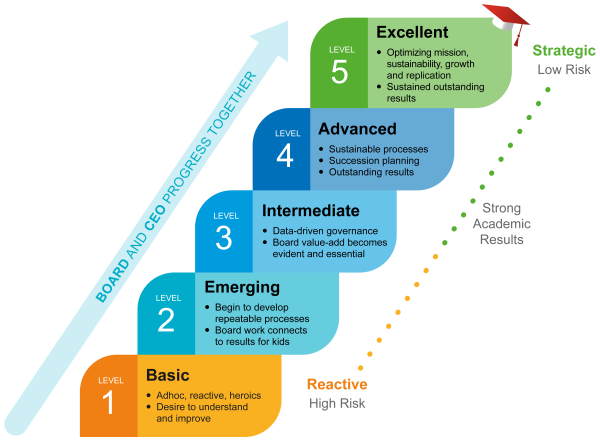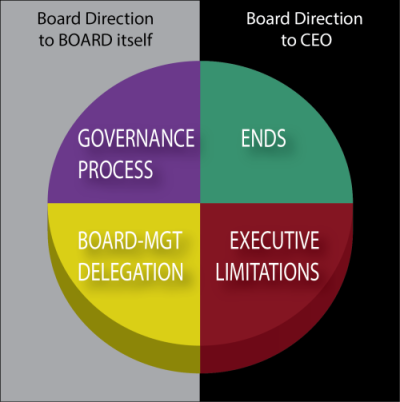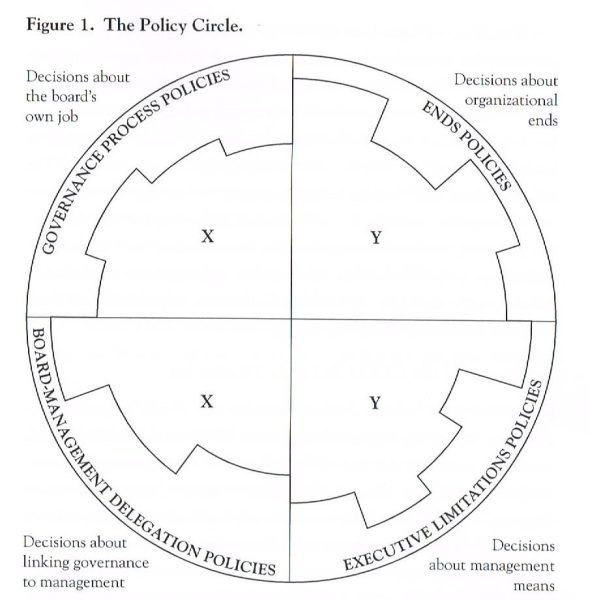As a CEO, you know the importance of having a good relationship with your board. You also know that building and maintaining that relationship can be challenging. At its best, this relationship will enable you and your executive team to make better decisions, enhance corporate governance, and achieve long-term strategic goals. However, even if your board is highly effective (which it should be), there will always be areas for improvement in how it interacts with the CEO.
The Importance of Effective Boards:
Great organizations deserve great boards. Since the beginning of time, human groups have established rules to govern their behavior. Governance, especially within the corporate business world, has evolved and encompassed various interpretations. At Dame Leadership, our staff and strategic partners have decades of board experience, working with both for-profit and nonprofit clients, offering advisory and fiduciary governance boards.
Assessing Board Effectiveness:
Similar to our strategic planning practice, where we assess an organization to determine its current state, we begin the board coaching process in the same manner. The pivotal question we pose is, “How effective is your board?” Many board members respond with confidence, stating that their board is doing pretty well. However, we challenge them with a follow-up question: “Compared to what?” It is crucial to understand the baseline and compare board performance against industry standards and best practices.

Introducing John Carver’s Policy Governance Model:
To enhance board effectiveness, we introduce John Carver’s policy governance model. This framework aims to provide clarity, accountability, and direction to boards of directors. By adopting this model, boards can shift their focus to the strategic level and avoid getting entangled in operational details.

Key Components of the Policy Governance Model:
The policy governance model consists of four key components that establish a robust governance structure for boards:
- End Policies: These policies define the outcomes and results the organization aims to achieve. They align with the organization’s mission, values, and long-term goals and guide the board’s decision-making process.
- Executive Limitations: These policies set boundaries and limitations within which the executive leader and staff must operate. They ensure alignment with the organization’s values and protect against potential risks or unethical behavior.
- Board-Executive Leader Relationships: This component focuses on collaboration and communication between the board and the executive leader. It clarifies expectations, roles, and responsibilities of both parties. The board delegates authority to the executive leader while holding them accountable for achieving the end policies.
- Governance Process: This component outlines the board’s internal processes, including meeting structures, decision-making methods, and board member recruitment. It emphasizes the importance of board development, continuous education, and transparency.

Benefits:
By adopting John Carver’s policy governance model, boards can enhance their strategic focus, strengthen their relationship with the executive leader, and improve overall governance effectiveness. This model empowers the executive leader to make decisions within defined boundaries, reducing the need for micromanagement. Regular evaluations, reporting mechanisms, and ongoing education foster continuous improvement and support the board in fulfilling its role effectively.
At Dame Leadership, we can assist in navigating your relationship with a board of directors. We provide ongoing support to help your board function effectively, including board evaluations, strategic planning, and leadership development. Our goal is to help your board achieve its full potential and support the long-term success of your organization or business.
We invite you to contact us through our website or call us at 717-524-4265 to learn more about how our board advisory services can assist you.
See related article: When to Establish a Board of Directors



